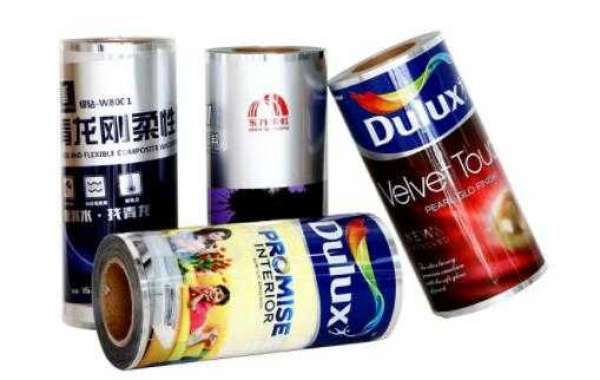Now heat transfer technology is widely used in various industries, and we can also see a variety of packaging labels and patterns in shopping malls, which are beautiful and attract people's attention. So have you learned about the heat transfer film used in making pattern labels? And how is a heat transfer film made?
A good heat transfer film cannot be produced without:
- Choose a suitable substrate film. The main heat transfer film carriers are OPP, pet, PVC, CP, and the most widely used is PET. PET has good stability, uniform tension, and a good release effect. The film should be selected according to the material of the substrate and the specifications required by the manufacturer, such as width and thickness.
- Apply release agent. The release agent functions to separate the printing layer and the base layer of the thermal transfer film. Since the release agent evaporates quickly, attention should be paid to controlling the viscosity of the release agent, that is, the solid content. At the same time, attention should be paid to controlling the transparency of the release agent to avoid affecting the printing effect.
- Apply ink. The drying temperature of the ink should be selected according to its solvent. If the solvent is of quick-drying type, the drying temperature should be lowered. Pay attention to the printing color sequence of the thermal transfer film: first print the ink with low color transparency, then print the color with high transparency, and finally apply one or more layers of white ink according to the pigment, so that the layer and tone of the pattern after transfer are not affected.
- Apply adhesive layer. After the printing layer is dried, apply adhesive to ensure that the printing layer adheres to the surface of the substrate. Then, choose the appropriate temperature according to different materials to dry the film again.
And these produced heat transfer film will be the heat transfer label manufacturer
It is applied to make clothes logos, cups, plastic barrels, labels on food packaging bottles, and various patterns and patterns to increase the look and feel of items. But the hot-stamped patterns on some clothes look like they are about to fall off. Why is that? This is why we need to understand under what circumstances the heat transfer film will fall:
- The PET film is not bonded when hot stamping and tearing off
When this happens, first look at the three elements of thermal transfer: time, temperature, and pressure. These three factors will affect the hot stamping effect of the thermal transfer film. If this problem does occur, do not completely tear off the PET film, cover the original pattern, and then transfer directly. If you accidentally tear off the film, you can cover the pattern with a blank film for re-ironing.
- The heat transfer film comes off after washing the test
The washing test is recommended to be carried out 24 hours after hot stamping. If the water is washed off 24 hours after hot stamping, you can find a sales engineer and provide the engineer with samples or operation videos to find a solution
- There is no problem in turning it hot or washing it with water, but it still falls off after a period of time
This may be due to the thermal transfer film itself, or the cloth is coated with a waterproof layer, etc. Here, it is recommended to test with samples first, and then mass-produce after passing the test.
Wenling Gaobao Industrial Co., Ltd. is a heat transfer printing film manufacturer and heat transfer label manufacturer, which produces used heat transfer printing film, heat transfer paper, and a series of printing equipment and products. Please see products for details. page.







